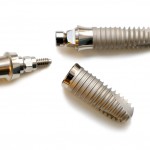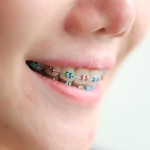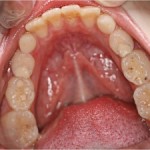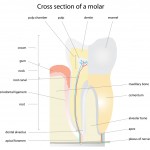
This review of assess the impact of temporomandibular disorders (TMD) on oral health related quality of life (OHRQoL) included 8 cross-sectional studies. While the findings suggest poorer OHRQoL in patients with TMD the limited number of studies and theer cross-sectional nature needs to be taken into consideration.
[read the full story...]








